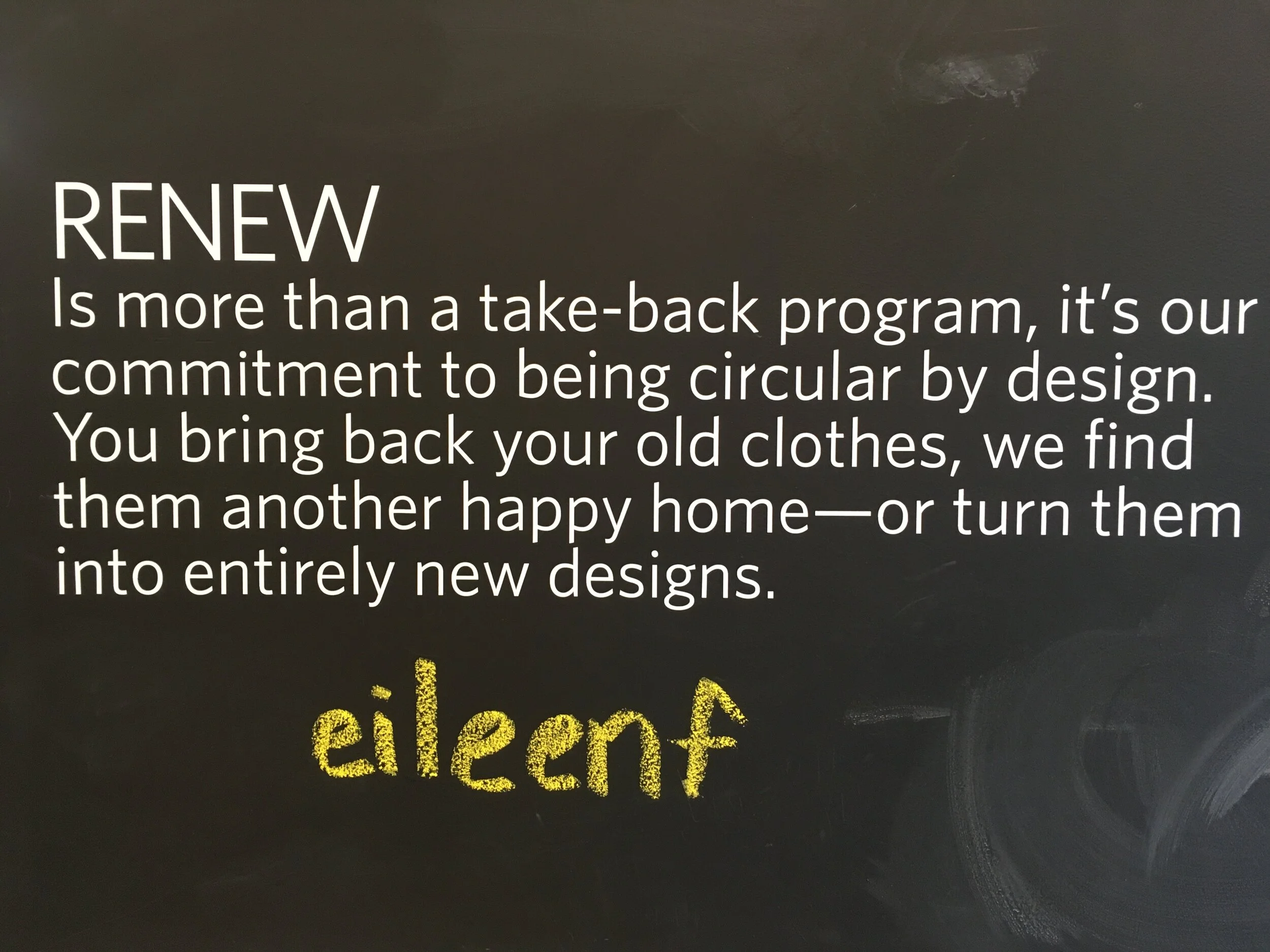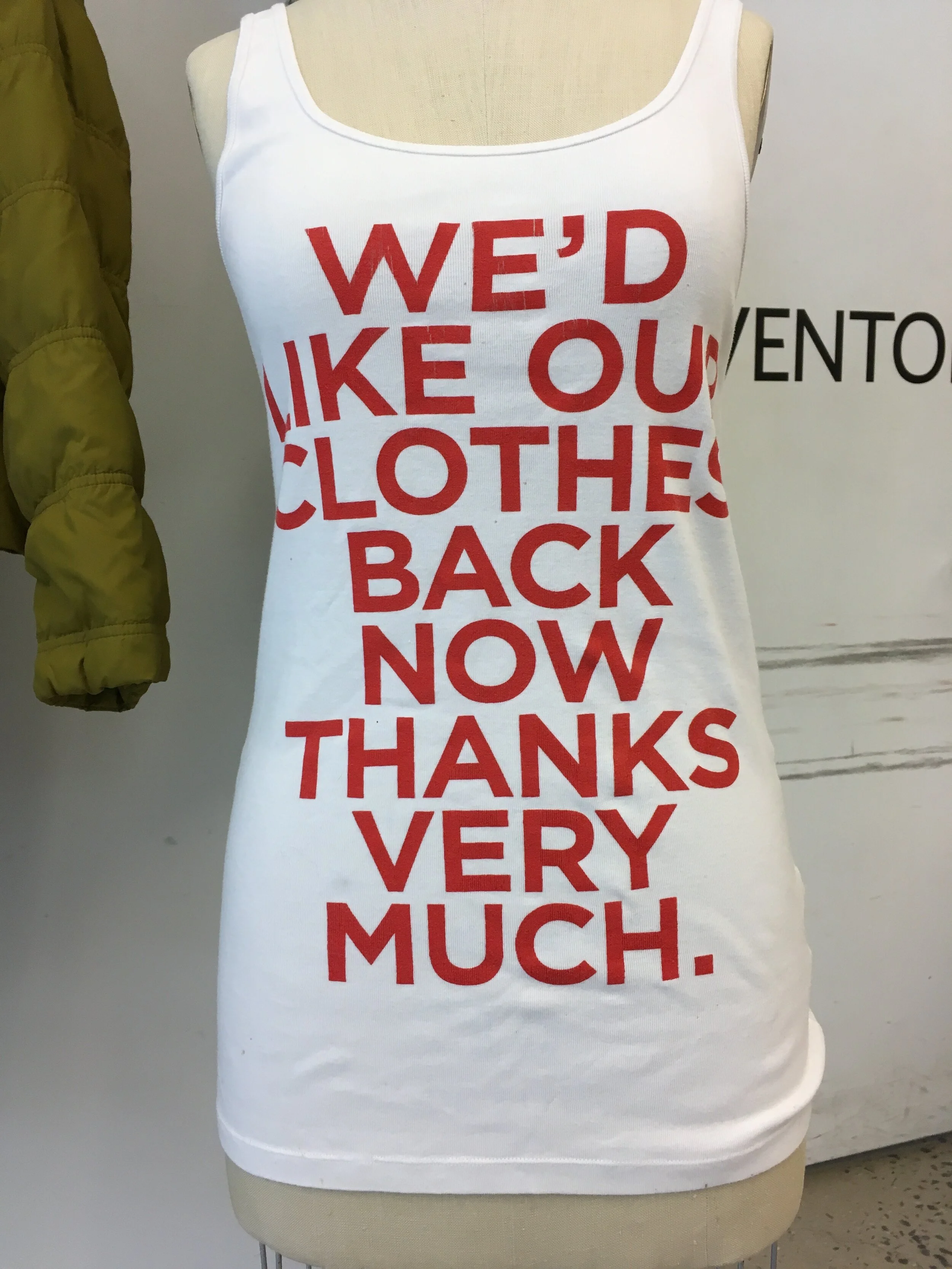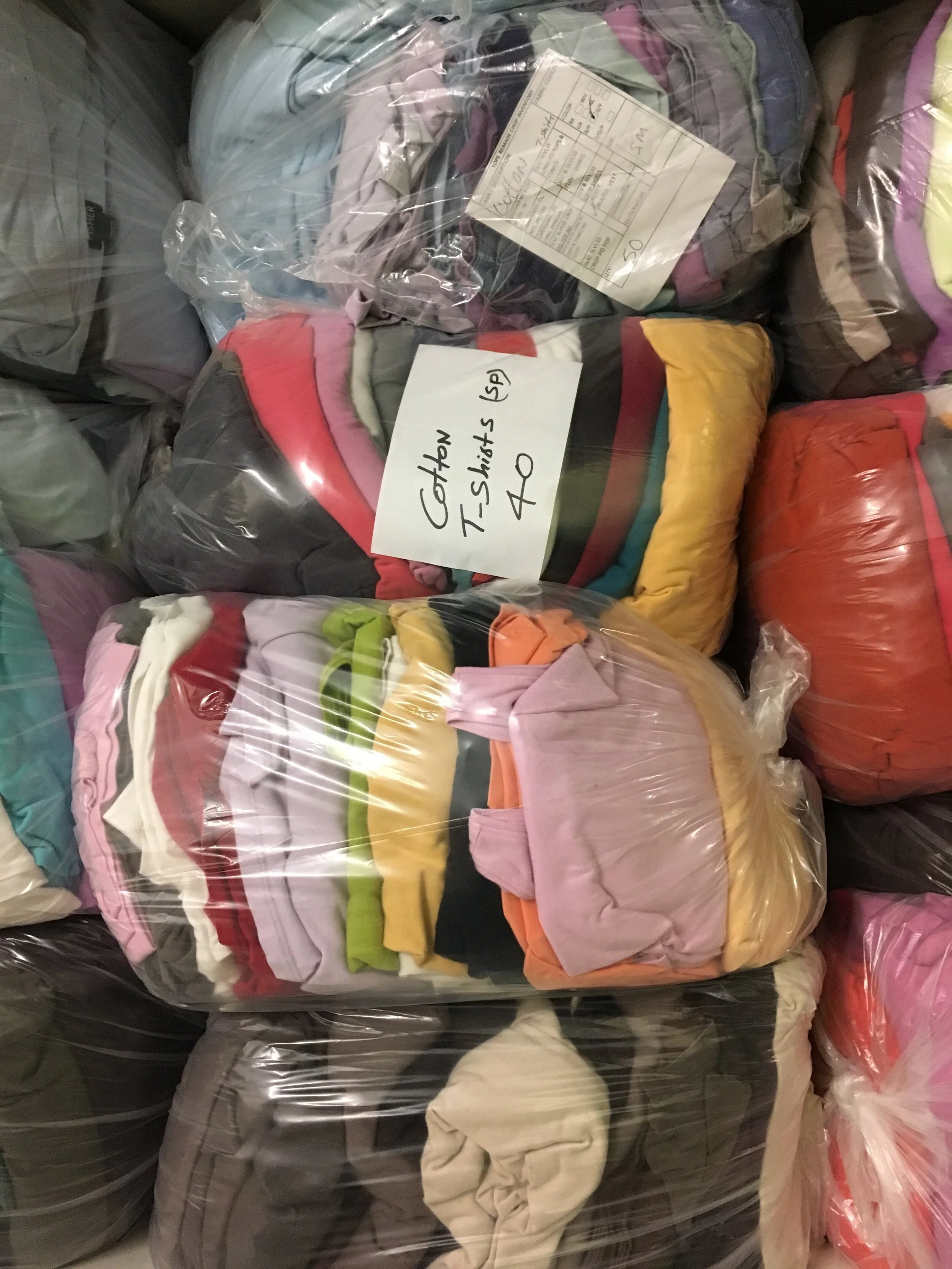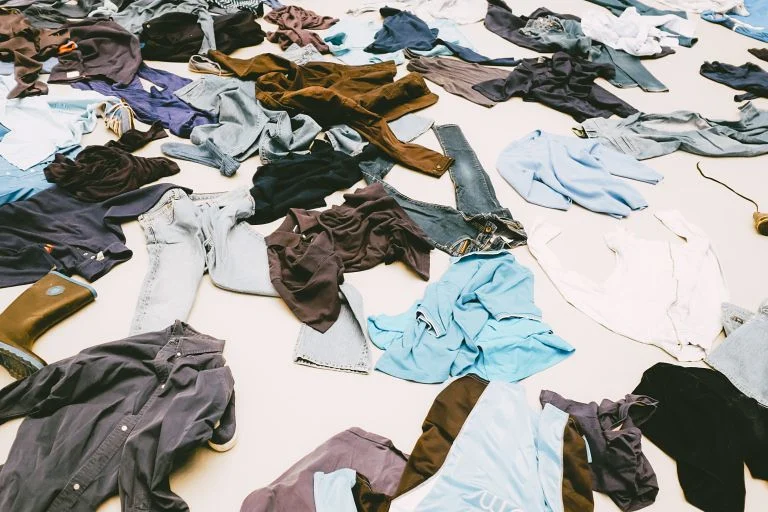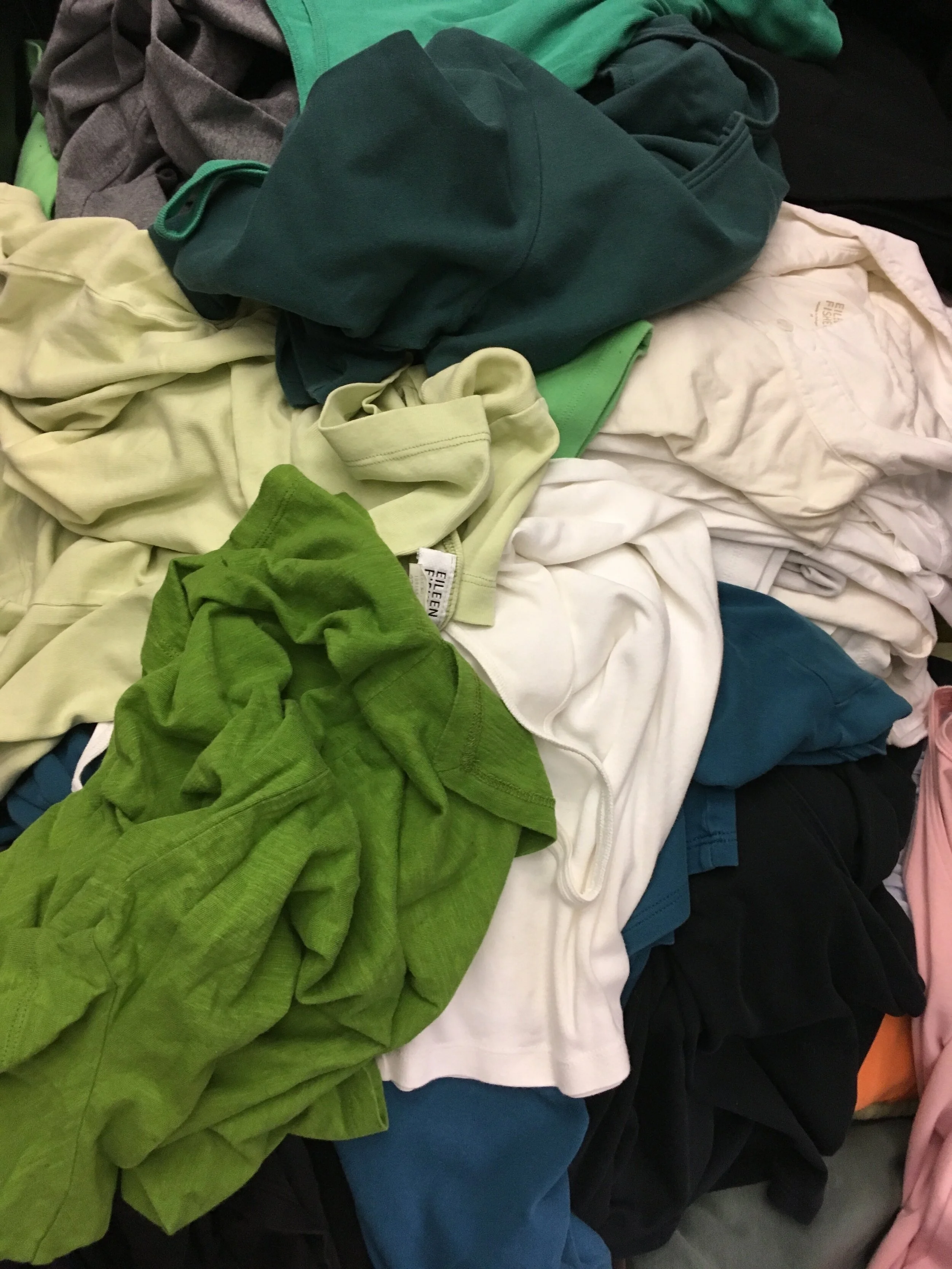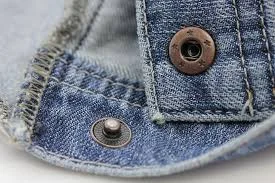Leading by example to increase the diversity of faces and bodies represented in fashion.
The website for all things Renew-ed at Eileen Fisher, including the Resewn collections.
Eileen Fisher’s Waste No More program demonstrates how even damaged clothing can be re-purposed and made useful again!
One way to keep your favorite clothes for longer is to clean and repair them. Patagonia’s website has care guides with instructions and photos for some common issues.
The North Face (Clothes the Loop) and Patagonia (Worn Wear) and Mara Hoffman are brands that take back their own clothes to repurpose or recycle.
Find collection bins in cities (wearablecollections.com and usagain.com). Levi’s and H&M will take back clothing and shoes from ANY brand at their stores. Nike Reuse-A-Shoe takes back ALL sneakers.
Read Noah’s blog post about its efforts to reduce waste with packaging for mail orders.
Noah provides a detailed accounting of the costs to produce several items from a recent season.
A quick animated film about where microfibers come from and how they end up in the ocean.
Unfortunately, microplastics are now so prevalent they are also polluting the air we breathe and the food we eat.
Try a Guppy Friend washbag to prevent synthetic microfibers from your clothes ending up in the ocean.
A short article with information about waste in the fabrication and sale of garments, and why it matters to be thoughtful about what you buy and how you get rid of things you don’t wear anymore.
Information about Noah’s labor costs for sewing and assembling rugby shirts and fleece sweatshirts.
A quick animated film about where microfibers come from and how they end up in the ocean.
How do the clothes you are wearing right now rate in terms of the labor and the resources needed to manufacture them?
From the Natural Resources Defense Council, a comparison of the environmental impacts of various fibers used to make clothing. Scroll to Page 3 to review the full chart.
Tips from the United Nations about everyday actions we can each take to reduce our carbon footprints.




